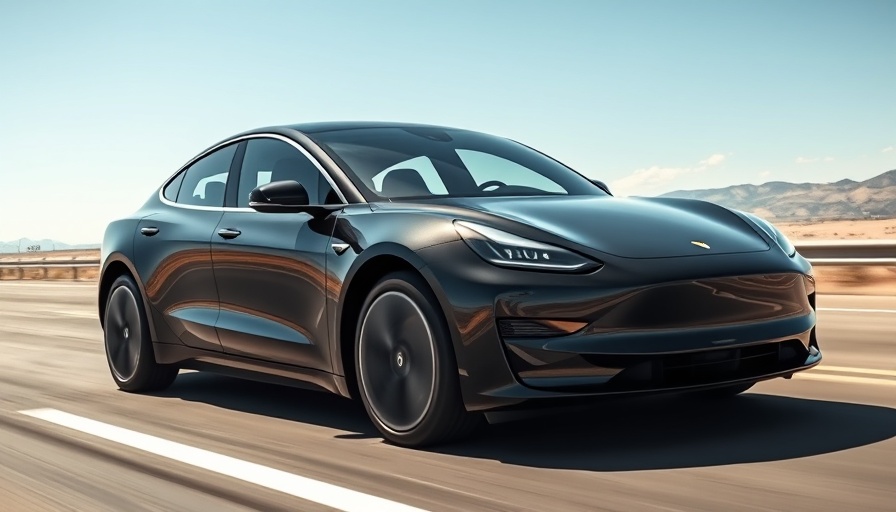
Impact of New Tariffs on the Automotive Industry
Recently, President Trump's decision to impose a 25% tariff on imported vehicles and automotive parts sparked considerable debate within the U.S. automotive industry. Starting April 3, this plan aims to significantly boost domestic manufacturing costs, potentially raising up to $100 billion annually. While the administration argues this move will enhance job creation and production within the U.S., automakers are left navigating a complex and potentially damaging landscape.
Responses From U.S. Automakers
Major U.S. automotive manufacturers have largely expressed cautious optimism regarding these tariffs. According to Governor Matt Blunt, president of AAPC, U.S. automakers are committed to fulfilling Trump's vision of domestically increased automotive production. However, he warned that it's crucial for tariffs to be structured in a way that prevents price hikes for consumers. Additionally, maintaining competitiveness in the integrated North American automotive sector should take precedence in any policy discussions.
Global Manufacturers’ Views
In stark contrast, foreign automakers, particularly German firms like BMW and Mercedes-Benz, exhibited a more guarded response. BMW, which has a significant production presence in the U.S., expressed its general support for free trade and a desire to reduce tariffs, reflecting over three decades of investment in the American market. The automaker reported exporting about 225,000 BMW vehicles from the U.S. in 2024, underlining its status as a leading exporter by value.
Mercedes-Benz mirrored these sentiments, emphasizing the importance of free and fair trade policies that not only promote their growth but also contribute positively to the local economies they operate in. They announced that they are currently evaluating the ramifications of the newly implemented tariffs, highlighting the uncertainty surrounding how this will affect their international supply chains.
Implications for Consumers
For American consumers, the potential fallout from the tariffs could be concerning. Automakers face increased production costs, leading to potential price increases on new vehicles—a scenario that could dampen sales at a time when the industry is still rebounding from previous challenges. As consumers may grapple with these rising costs, there’s a palpable tension over how these tariffs will ultimately affect market prices.
Competing with Global Markets
With the current trajectory of U.S. tariffs, manufacturers are in a precarious position as they strive to remain competitive against global markets. Balancing production costs while maintaining consumer safety and satisfaction will be a trial by fire for many companies. The essential question facing the industry is whether domestic policies will solidify or fracture their global competitive edge.
As the automotive industry evolves amidst these tariff changes, stakeholders, from manufacturers to consumers, must comprehend how this wave of tariffs will redefine the landscape of American automotive production. For those invested in this sector, staying informed on future developments will be essential to navigate an increasingly complex environment.
 Add Row
Add Row  Add
Add 




Write A Comment